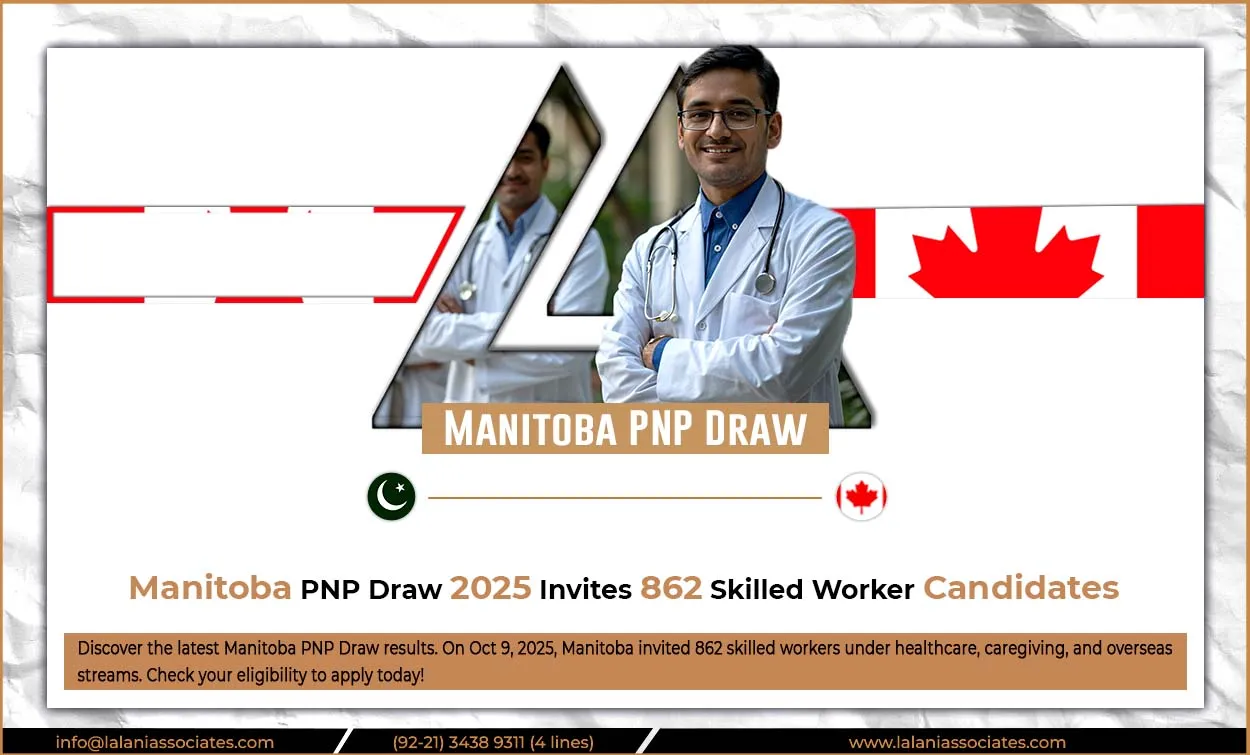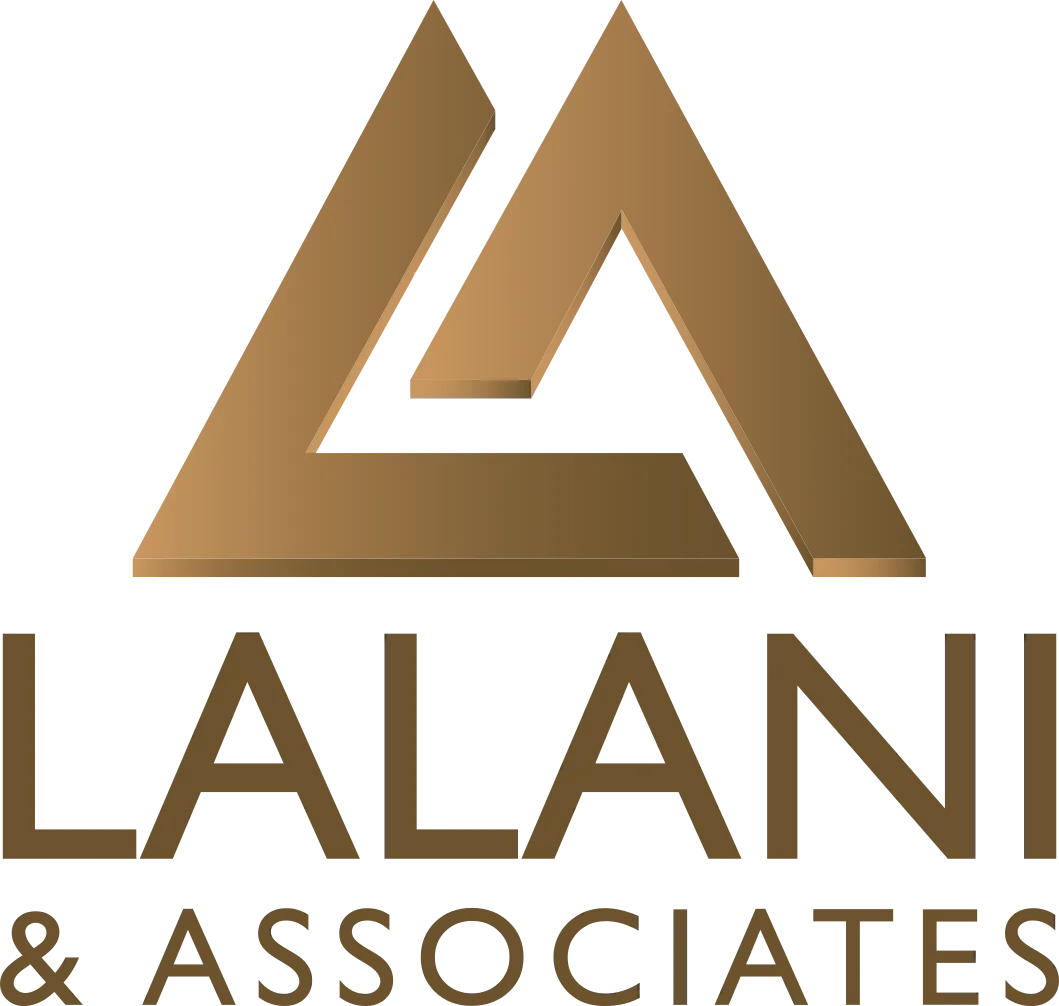
The Manitoba Provincial Nominee Program (MPNP) is still assisting talented workers move to Canada. Manitoba made headlines this week when it sent out 862 invites to candidates through its Skilled Worker Program. Experts from both the US and other countries can join the program.
This is wonderful news if you've been following the Manitoba PNP draw updates, especially if you want to apply for permanent residency through the PNP Express Entry or other Manitoba immigration channels.
Overview of the Manitoba Provincial Nominee Program (MPNP)
Manitoba can pick talented workers, business investors, and graduates through the MPNP. These people could boost the province's economy. The program makes sure that the right people fill the open jobs in the province by giving multiple streams, like Skilled Worker in Manitoba and Skilled Worker Overseas.
When was the Last Draw for Manitoba PNP?
The first draw of the month in Manitoba was Draw #255 on October 9, 2025. Under different categories of the Manitoba PNP Program, 862 Letters of Advice to Apply (LAAs) were sent to people who were qualified.
Most of the jobs that were drawn were in healthcare, caregiving, and other specialized trades in Manitoba. It demonstrated that the province still needs people to work in these areas.
Total Invitations Issued in Draw #255
In total, 862 invitations were sent out. Here’s the breakdown:
• 583 LAAs – Skilled Worker in Manitoba (Occupation-specific)
• 279 LAAs – Skilled Worker Overseas (Strategic Recruitment)
Of these, 203 invitations were linked to candidates who had a valid Express Entry profile and job seeker validation code.
What is the Skilled Worker stream in Manitoba?
The Skilled Worker in Manitoba program is for those who already have jobs in Manitoba and have valid work permits. In this draw, people who work in healthcare and caregiving were given priority. This shows that the province is trying to fill in-demand jobs locally.
Occupation-Specific Draws: Focus on Healthcare and Caregiving
Occupation-specific draws let Manitoba bring in individuals who operate in important areas that the province needs the most. For this round, jobs in healthcare and caregiving were given the most weight under NOC 44101 and similar categories.
Details of Occupations Targeted
NOC 44101 - Home Support Workers, Caregivers, and Related Jobs
This comprises experts who help the elderly, disabled, or recuperating people with basic home care and support.
Broad Occupational Category 3 - Health Occupations
This includes nurses, therapists, technicians, and other health personnel who work in Manitoba right now.
What is the Skilled Worker immigration route?
The Manitoba Skilled Worker Overseas track is for professionals who live outside of Canada but have significant ties to Manitoba through family, friends, or job or school experience.
This round focused on strategic recruitment, which helped Manitoba fill specialist positions that are hard to locate locally.
Employer-Driven and Strategic Recruitment Initiatives
The Skilled Worker Overseas stream generally invites people who were directly engaged through collaborations with employers or community programs. These programs help connect Manitoba's need for workers with competent workers from other countries.
Breakdown of Invitations by Initiative
| Strategic Recruitment Initiative | LAAs Issued |
|---|---|
| Employer Services | 45 |
| Francophone Community | 43 |
| Regional Communities | 8 |
| Ethnocultural Communities | 3 |
| Temporary Public Policy (TPP) | 180 |
This proves that Manitoba is fair when it comes to diversity, inclusiveness, and skilled migration.
What is Temporary Public Policy in Canada?
The Government of Manitoba and Immigration, Refugees, and Citizenship Canada (IRCC) are working together on the Temporary Public Policy (TPP). It lets some skilled workers get open work permits (OWPs) while they wait to be nominated, which helps them get Canadian experience faster.
Express Entry Linked Invitations
203 of the 862 invites went to Express Entry candidates, who had both a valid Express Entry profile number and a job seeker validation code.
These applicants will have their applications processed more quickly, and their province nomination will provide them more Comprehensive Ranking System (CRS) points.
Why Some Candidates Did Not Receive an Invitation
Even if your profile meets the Manitoba PNP requirements, some common issues can prevent you from being invited:
• Missing or invalid language test results
• Expired test validity
• Invalid strategic recruitment invitation number
• Missing license or certification for regulated professions
To prevent being disqualified, you need to keep your Expression of Interest (EOI) profile up to date.
Understanding Manitoba’s Selection Process
The MPNP selection procedure is based on the needs of workers in the province. To keep the balance of Manitoba's workforce, each draw may focus on different NOC codes or industries.
Occupation-specific draws make sure that occupations that are in high demand are given priority, while strategic programs focus on long-term economic growth.
How Occupation-Specific and Employer-Driven Draws Work
In Manitoba, occupation-specific draws are based on how many jobs are available right now. On the other side, employer-driven efforts link skilled workers from other countries with Manitoba firms who have real employment openings.
This two-pronged approach keeps Manitoba's economy healthy while also inviting new people with useful skills.
What are the requirements for PNP in Manitoba?
To qualify under the Manitoba PNP eligibility criteria, candidates must:
• Have relevant work experience in a listed occupation
• Meet the language proficiency standards
• Have a valid job offer (if applying through the employer-driven stream)
• Show intent to settle in Manitoba
• Provide accurate and valid documentation
Manitoba Skilled Worker Program vs. Other PNP Streams
Many provinces have their own nominee programs, but the Manitoba Skilled Worker Program is different because it focuses on community links, employer participation, and faster processing periods than other PNPs.
Tips to Increase Your Manitoba PNP Eligibility
1. Keep your language test results updated.
2. Gain Canadian work experience if possible.
3. Establish strong ties with Manitoba (family, job offer, or education).
4. Make sure your EOI profile is full and correct.
5. Stay informed about Manitoba PNP draw results and updates.
Conclusion
The Manitoba PNP draw in October 2025 shows how serious the province is about bringing in skilled workers in healthcare, caregiving, and other fields that are in high demand.
This draw gives professionals from all over the world the chance to move to Manitoba, Canada, and start a new life. Through the Manitoba Skilled Worker in Manitoba and Skilled Worker Overseas paths, it sent out 862 invitations.
Make sure your profile meets all of the Manitoba PNP requirements before you apply. Also, keep an eye out for future draws. The economy in Manitoba is getting better, and so are your chances of being a part of it.
FAQs
1. What is the Manitoba Provincial Nominee Program (MPNP)?
The Manitoba Provincial Nominee Program (MPNP) lets residents from Manitoba suggest skilled workers and business owners for permanent residency in Canada.
2. Who is eligible for Manitoba PNP program?
To get a job in Manitoba, you need to have the right work experience, valid language test results, and a strong connection to the province through work, family, or school.
3. What sets a Skilled Worker in Manitoba apart from a Skilled Worker in another country?
The Skilled Worker in Manitoba stream is for those who already work in Manitoba. The Skilled Worker Overseas stream is for persons who live outside of the province yet have connections to it.
4. How often is Manitoba PNP draw?
Draws usually happen every two to three weeks, although this can fluctuate depending on how many applications there are and how busy the employment market is.
5. Benefits of applying through the Manitoba PNP?
The initiative helps new people get settled and seek help from businesses in the province. It also speeds up the process of getting permanent status.


0 Comments